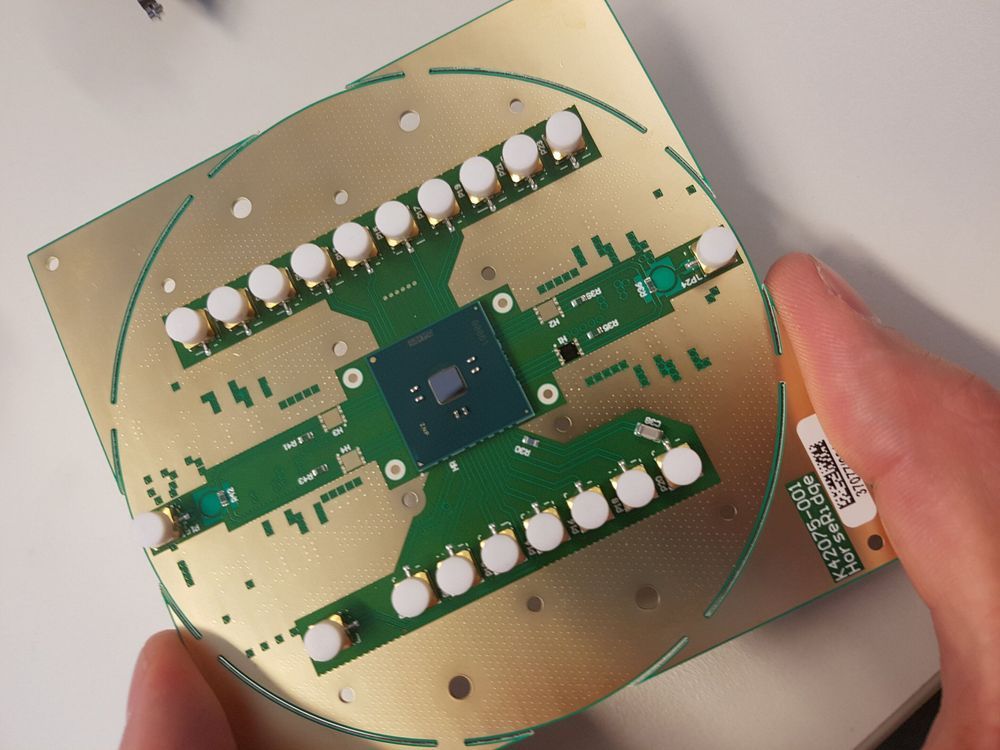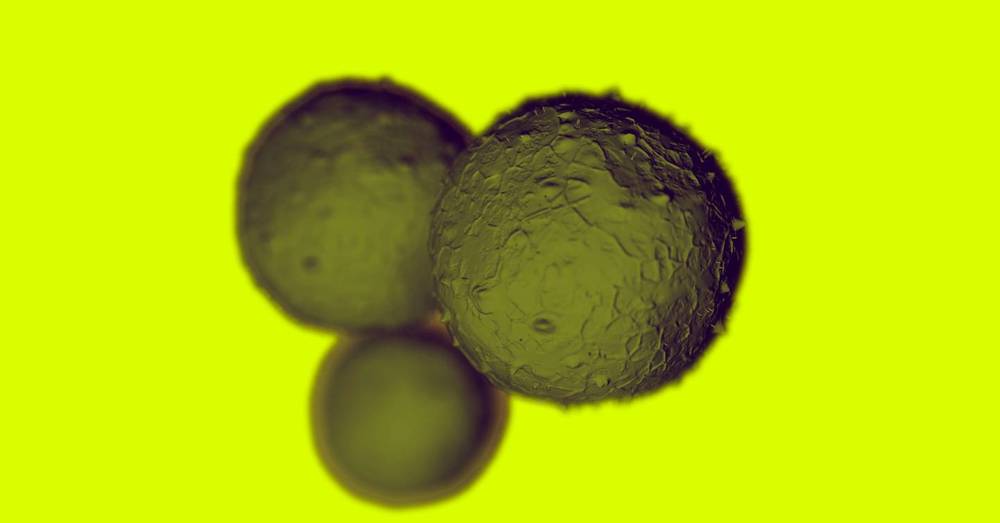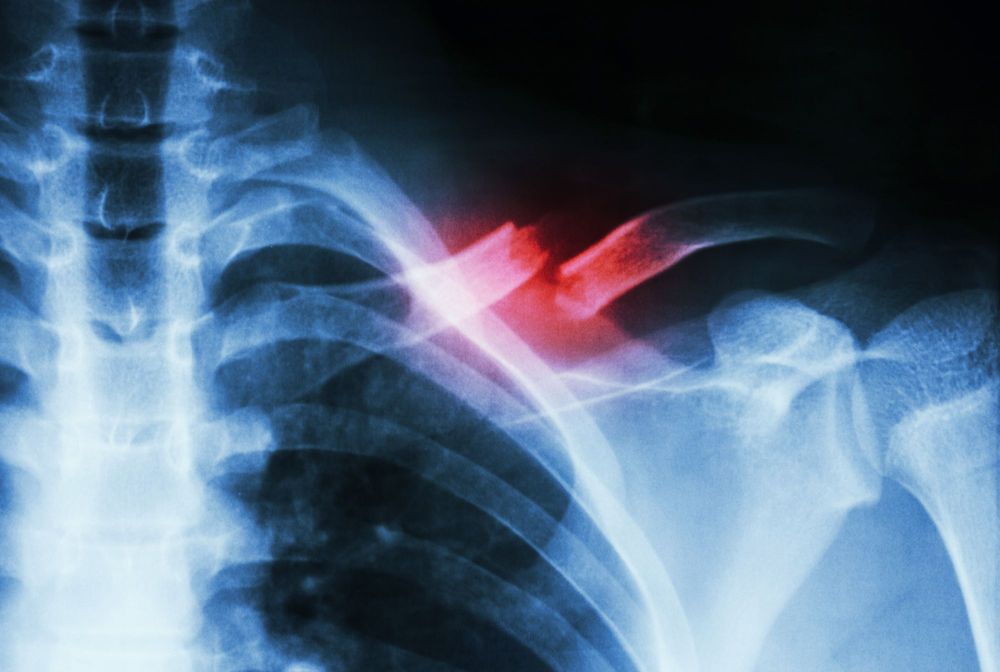Quantum computing might initially sound like a far-fetched futuristic idea, but companies such as Amazon, Google, and IBM are putting their weight behind it and preparations have begun. With quantum computing potentially within our reach, what will happen to our current security models and modern-day encryption? See what security experts are doing to prepare for quantum threats.
The future is here. Or just about. After a number of discoveries, researchers have proven that quantum computing is possible and on its way. The wider world did not pause long on this discovery: Goldman Sachs, Amazon, Google, and IBM have just announced their own intentions to embark on their own quantum developments.
Now that it’s within our reach we have to start seriously considering what that means in the real world. Certainly, we all stand to gain from the massive benefits that quantum capabilities can bring, but so do cybercriminals.









